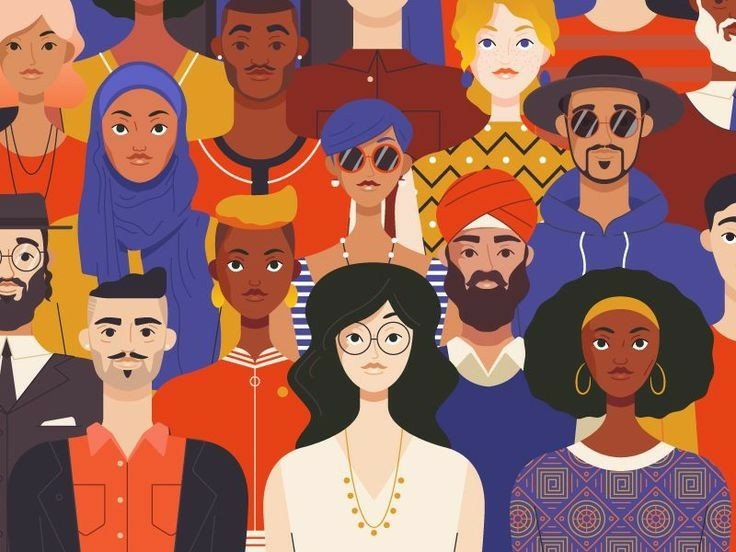A comparison of the 2000 and the 2010 Census records found that 6% of the U.S. population gave different ethnic and racial responses between the two counts.

Richard Alba, in “The Great Demographic Illusion: Majority, Minority, and the Expanding American Mainstream” uses this data as one example showing that “race and ethnicity are not fixed and obvious in the same way that, say, age is.”
Alba is a Distinguished Professor of Sociology at the Graduate Center, City University of New York.
Alba thinks that both census data and popular understandings of race are fundamentally flawed. At the center of the misunderstanding is “a robust development that is largely unheralded: a surge in the number of young Americans who come from mixed majority-minority families.”
They “have one white parent and one nonwhite or Hispanic parent.”

Currently, about one out of 10 births in the U.S. come from such parentage. And, that number will keep growing because nearly one out of five new weddings cross racial or ethnic lines.
Adding to the complexity is that people with the same ethnic heritage often have different attitudes depending upon how far removed they are from that heritage. For example, a plurality of Hispanic voters whose parents were both born in the United States favors Republicans on the generic congressional ballot. However, most of all other Hispanic voters prefer Democrats.



The American people were obliterating the race problem all by themselves, quite nicely,, and then the politicians stirred it up to create division. Things are so much better since the 60’s, which is evident to anyone who wants to be honest about it.
LikeLiked by 2 people
I agree – things Were so much better….. until recently (2020).
LikeLiked by 2 people